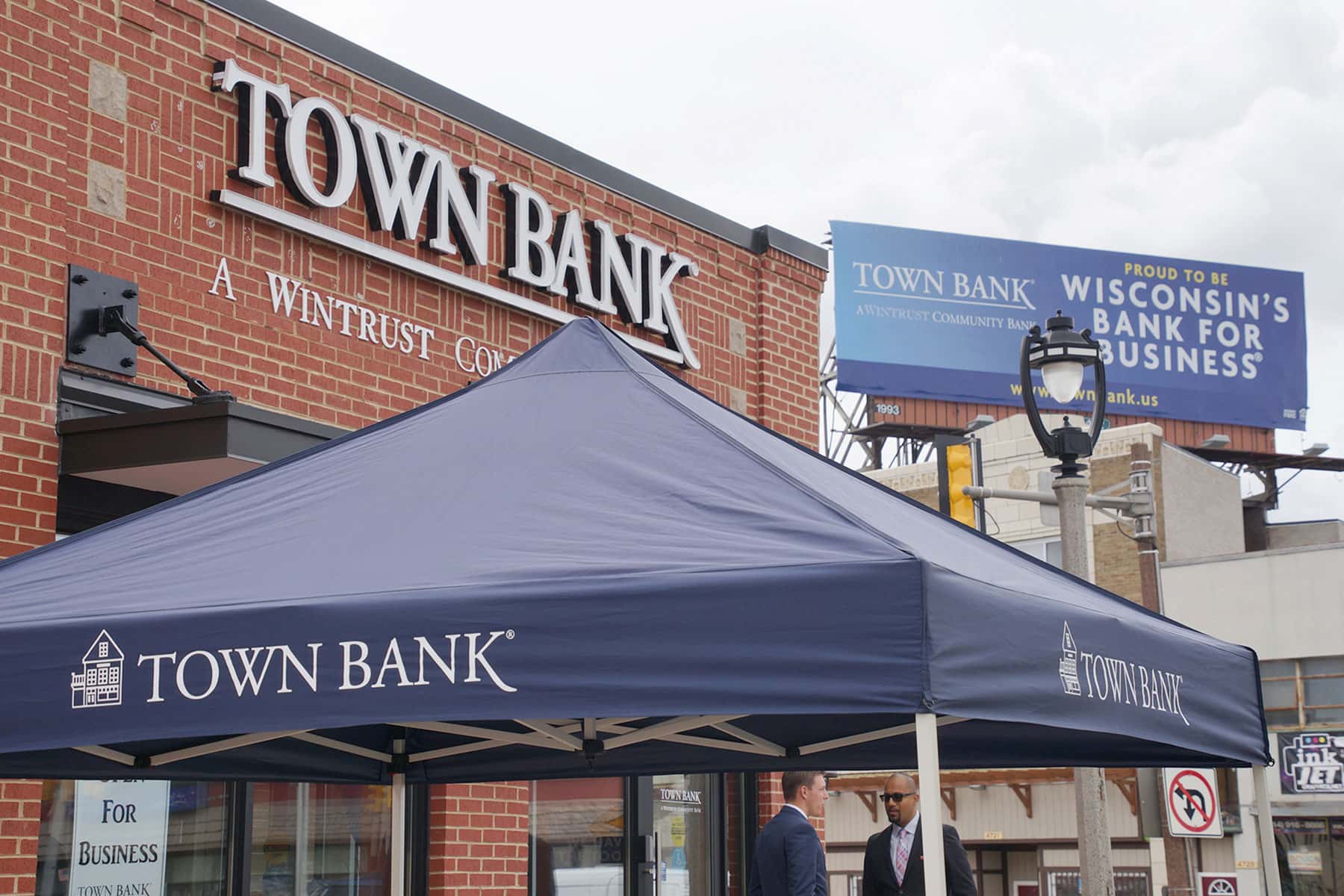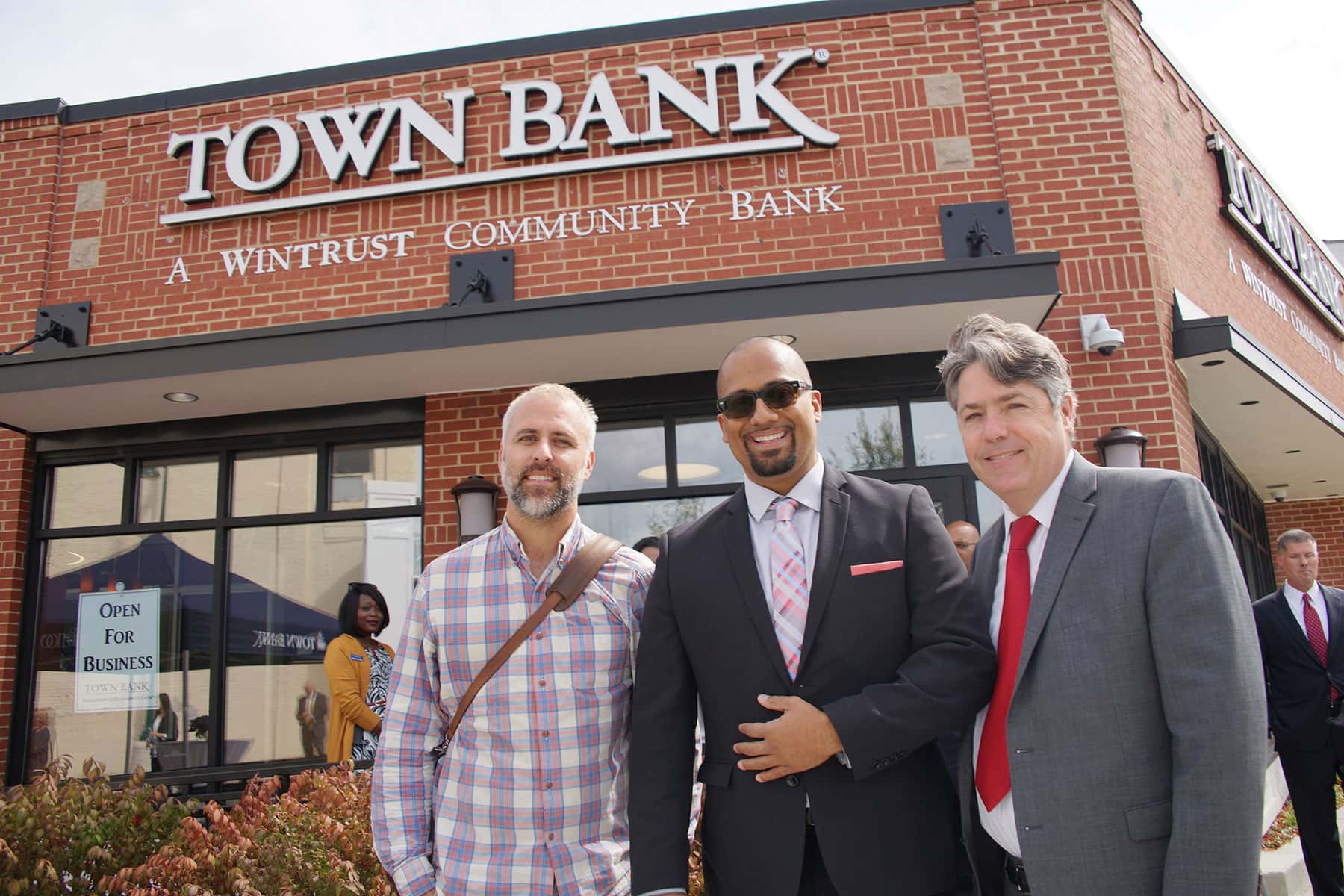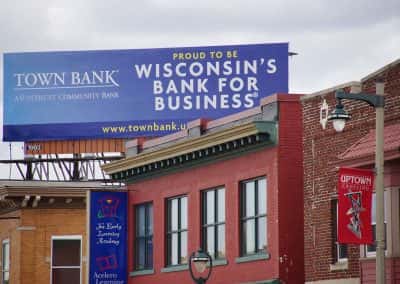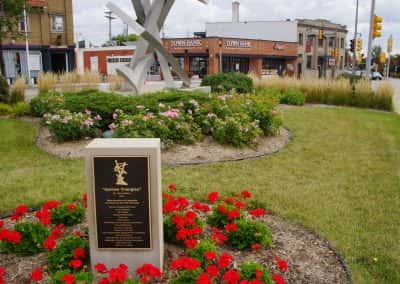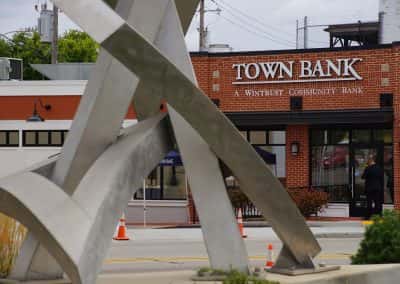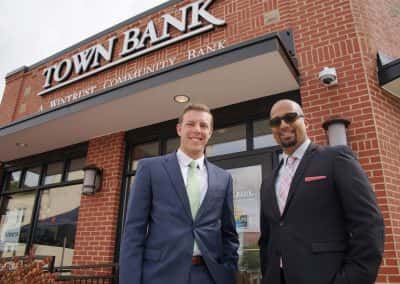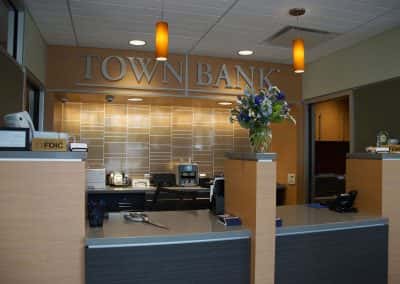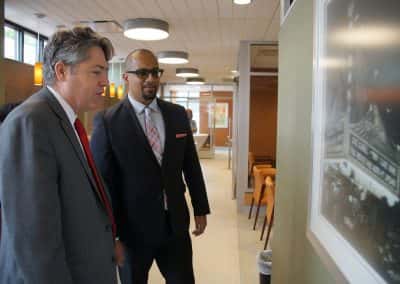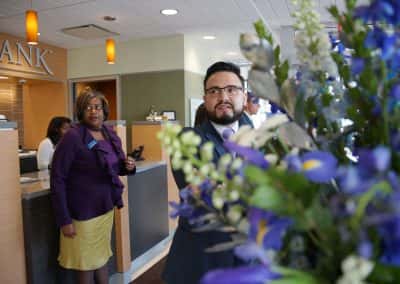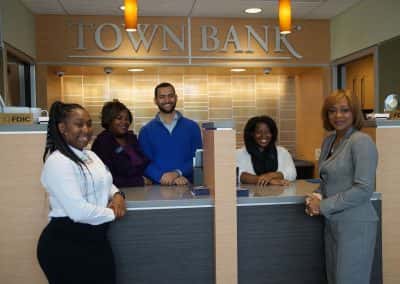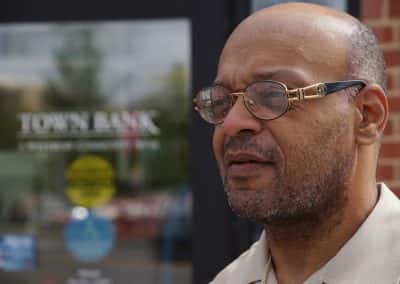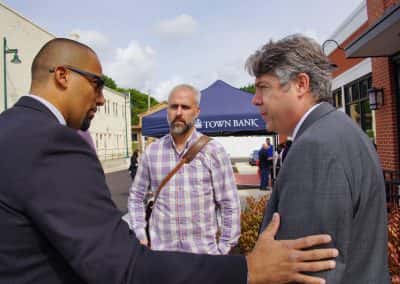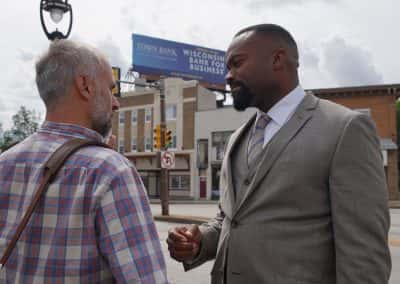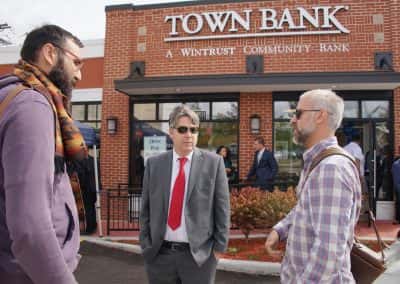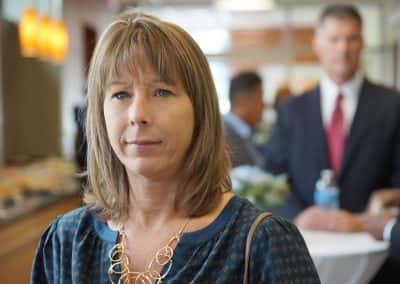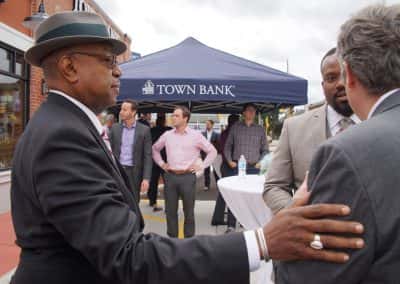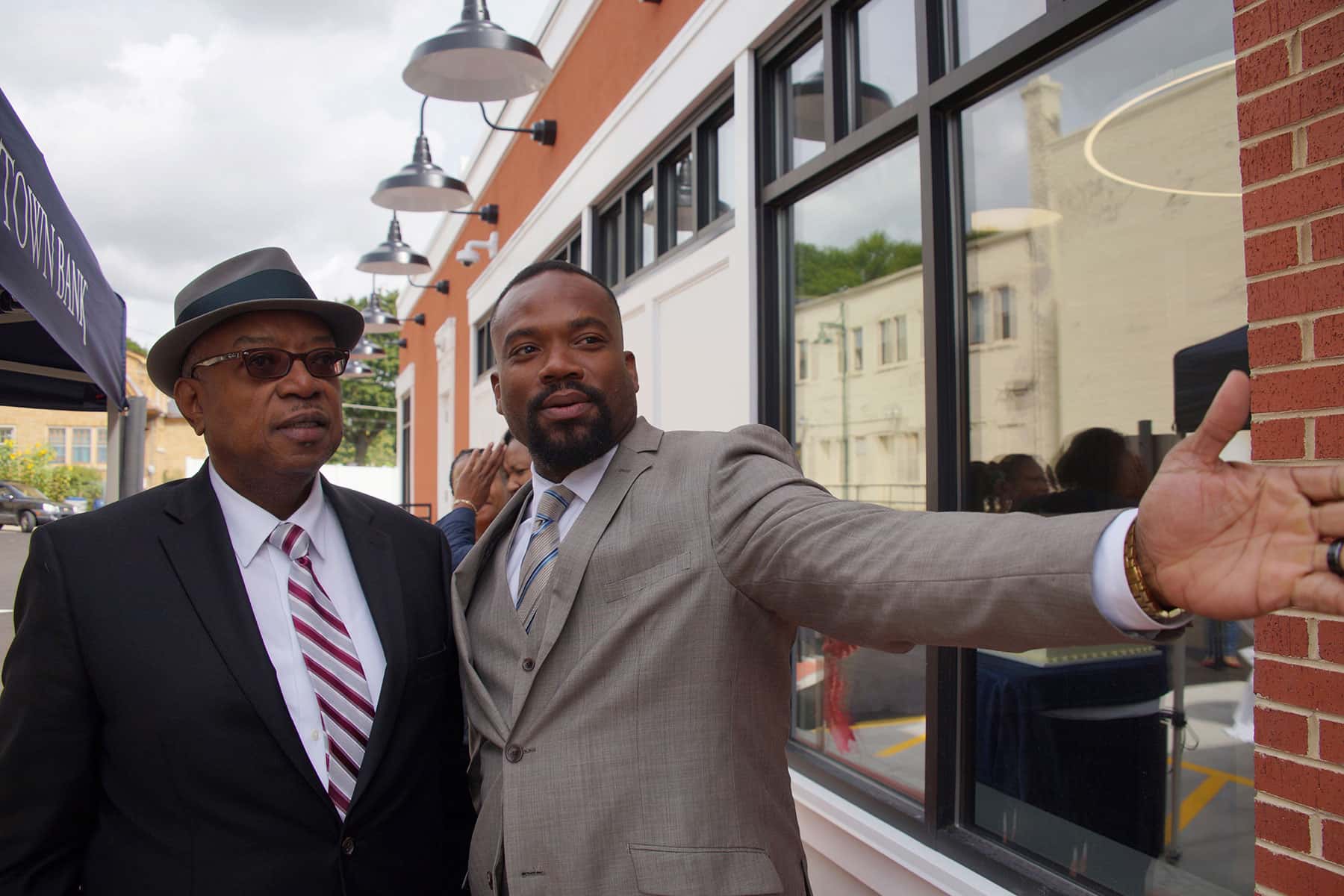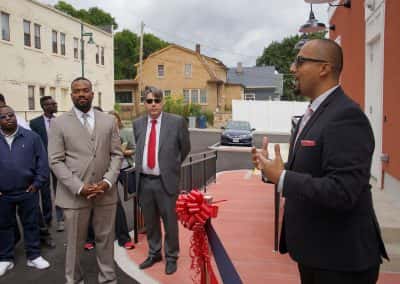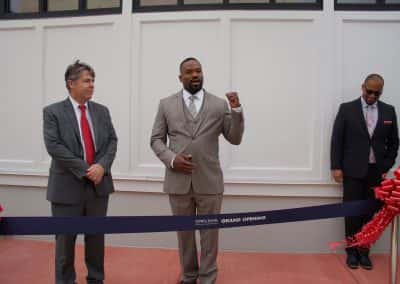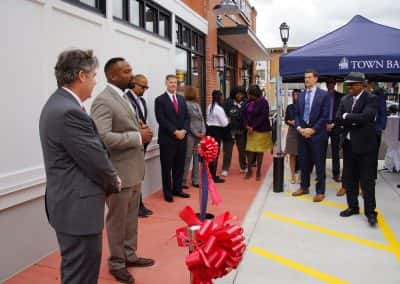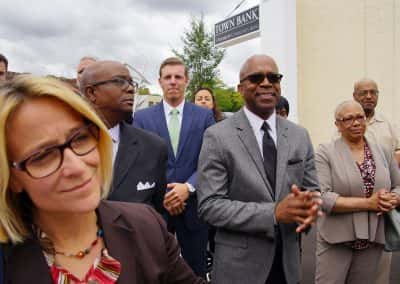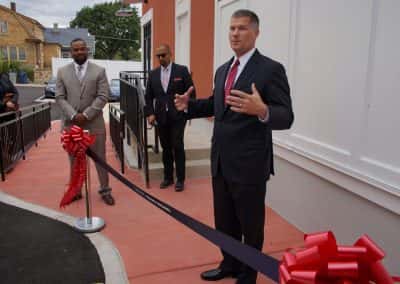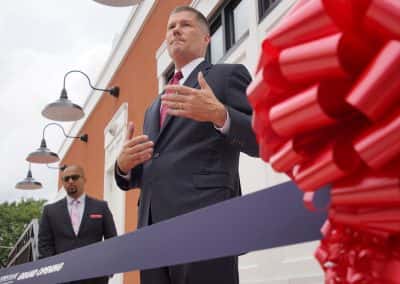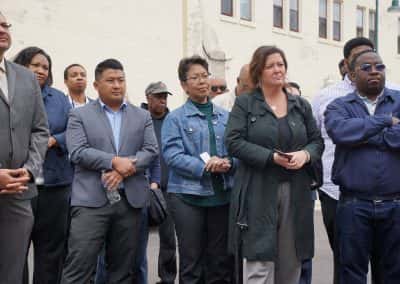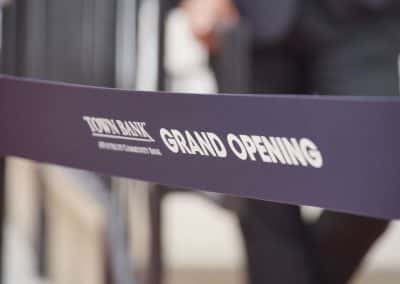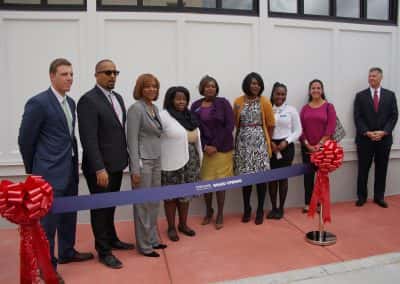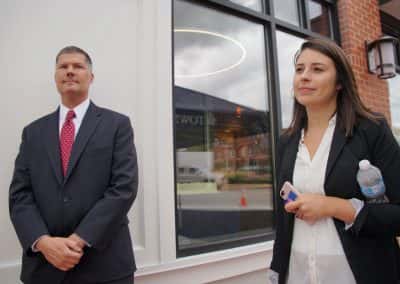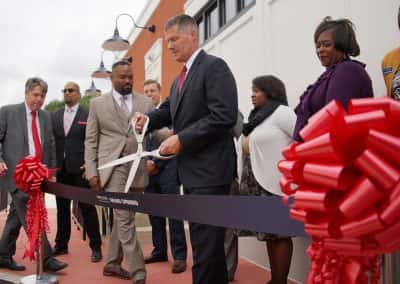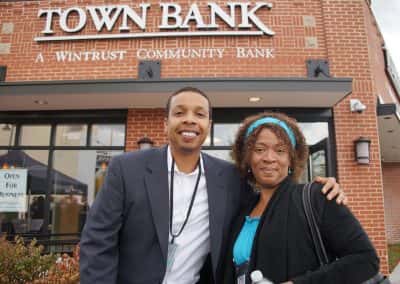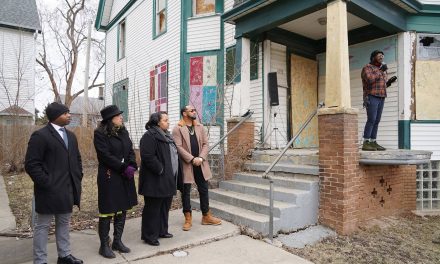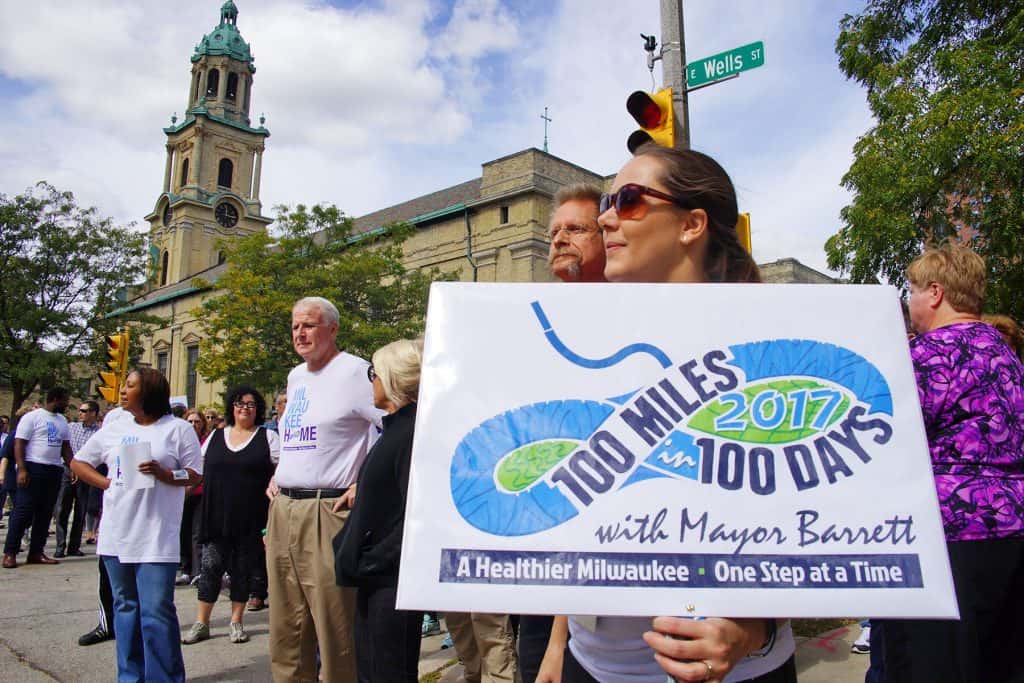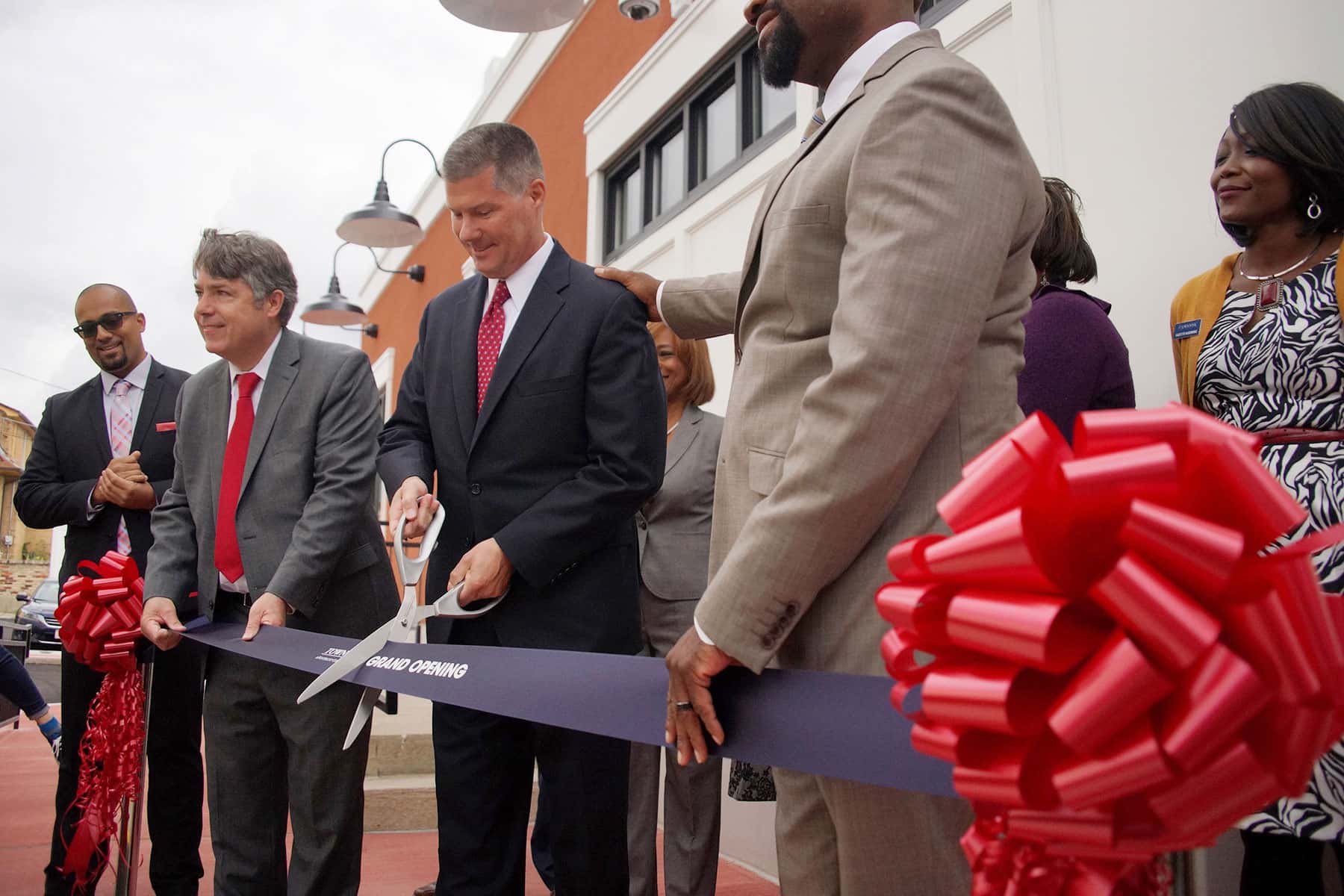
Hartland-based Town Bank opened its newest branch at 4720 W. Lisbon Avenue on September 7.
The Lisbon Avenue location on Milwaukee northwest side is a busy traffic corridor, surrounded by a number of small businesses that Town Bank wants to serve.
“Some people, not a lot but some people, have asked why? Why invest here? And I say why not? The history of this area has strong and very active neighbors, and businesses that they’ve been here a long time,” said Joaquin J. Altoro, Vice President of Commercial Banking at Town Bank. “Town Bank is a financial institution that supports small businesses, and we want to be a catalyst to provide resources to entrepreneurs. But we also want to lead some of the conversations about what the future of this commercial corridor will look like, and ask what type of businesses do the neighbors need.”
Founded in 1998, Town Bank is a unit of Wintrust Financial Corp. and has around 20 locations in the Milwaukee and Madison areas.
“I think this provides another opportunity for neighbors and small business owners to have an intimate relationship with their banker that’s located down the street. They can come into this office, have a sit down conversation with a banker, and get assistance in growing their business,” said District 10 Alderman Michael J. Murphy. “In addition, I think just improving the retailscape along Lisbon and North Avenue adds great value to the community, and it attract other businesses to invest in the area.”
To the East of the Lisbon Branch is the 30th Street Corridor, which is an area that has a fair amount of industrial and other types of small businesses. To the West is the Washington Heights area and Wauwatosa.
“We liked this particular site because it was located on the north side of Milwaukee, where we did not have any traffic,” said Jay Mack, chief executive officer of Town Bank. “We wanted a brick-and-mortar branch north of I-94, and this spot allows us to be in closer proximity to some neighborhoods where we want to attract banking clients.”
Construction of the branch went smoothly, but did require more investment than originally expected. The building had appeared newer, due to the condition of its facade. But during the remodeling phase, some elements of its 1926 construction, which were typical of the historic buildings in the area, presented design challenges. However, Town Bank felt that any additional costs were worth the price to be a part of the neighborhood.
© Photo
Lee Matz

